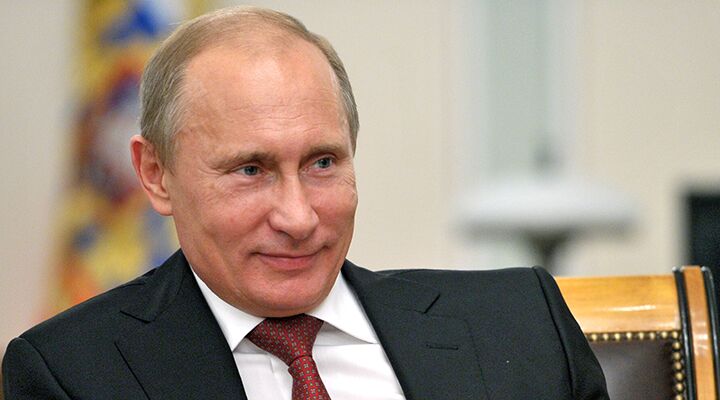
Putin’s Billion-Dollar Bargain in Syria
Burdened by economic sanctions after his takeover of Crimea and bruised by historic lows in the price of oil, Russian President Vladimir Putin stunned the world last September when he announced a new military mission into the Middle East. At the time, Washington warned that Putin’s venture into Syria would inevitably get Russia stuck in a “quagmire,” while others busily crunched the numbers and wondered how he could afford such a mission.
Yet six months later, when Putin confidently announced the withdrawal of his forces from Syria earlier this week, he was able to declare “mission accomplished.”
In most instances, Putin speaking in such positive terms of his own achievements can be chalked up to mere braggadocio. Yet in this case, he’s telling the truth.
What Syria Cost Putin
According to some estimates, Russia’s total bill for its near-six-month melee into the Middle East cost about $1 billion. According to Moscow, Russia’s total defense budget for 2015 was $50 billion, meaning Syria took up about 2 percent of the allocated yearly funds.
For this amount, Putin was able to put into action about 70 aircraft of varying types and mobilize 4,000 supporting personnel to fly, protect and maintain the fleet. According to Russian commander of the Southern Military District, Alexander Galkin, this billion dollars made possible 1,600 sorties by the premier Sukhoi-25 fighter-bombers over the Syrian skies, with the jets spending a total of more than 1,000 hours in rarified air and dropping 6,000 bombs on the “terrorists.” Naturally, the “terrorist” term applies to anyone Moscow determines is a terrorist, not just the Islamic State. In fact, only about 10-20 percent of those 6,000 bombs hit Islamic State targets. The rest hit United States-backed rebel fighters and other Sunni groups attempting to overthrow Bashar Assad’s dictatorial rule.
As far as human causalities, Russia has been tight-lipped on the exact count, but it appears to be less than a dozen. Materiel losses included one Su-24 fighter shot down over Turkey and one Mi-8 transport helicopter.
What Putin Gained From Syria
Far from being stuck in a quagmire, Putin extracted so many benefits from his escapade in Syria that we need to give them bullet points. Here they are briefly:
Looking at the above successes, it’s likely even Putin is surprised by how well his Syrian adventure worked out—especially after putting up a measly billion dollars. He has emerged from the potential Syrian quagmire unscathed, emboldened and empowered.
Looking forward to the negotiations, watch for Putin to continue to play the reasonable mediator between the Europeans, Saudis, Turks and Syrians. Also, don’t be surprised if he pushes Assad into providing more concessions than the Iranians want him to give.
Editor in chief Gerald Flurry made a startling forecast at the beginning of the Syrian civil war that, by the end, some seismic shifts in Middle East alliances would occur. Moscow’s surprising arrival and exit in Syria are only contributing to that change.
